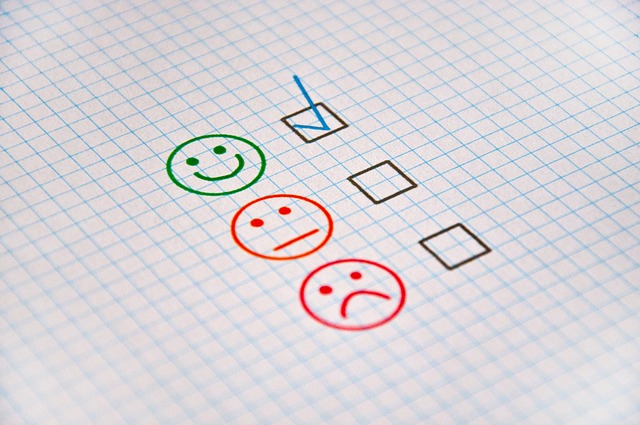In an earlier post, I discussed Tara Brach’s explanation of how anxiety-producing self-stories are maintained and the importance of meditation incorporating self-compassion and self-forgiveness to break the cycle of anxiety-producing thoughts. I have also discussed different approaches to anxiety meditation. In my last post, I explained Bob Stahl’s 30-minute meditation to reduce fear and anxiety that incorporates a comprehensive body scan and compassionate curiosity towards yourself and others. This approach could be preceded by reflective writing, an approach Bob recommends for focusing on a single anxiety-producing experience which is explored in terms of its bodily, mental and emotional impact. An alternative resource is the 30-minute meditation podcast provided by Diana Winston that seeks to deepen the well of ease, leading us to greater self-awareness and consciousness of the depth of our inner resources.
However, you may not have the time required to do these kinds of meditations or reflections. If you are time-poor, you could practice a brief, three-minute anxiety meditation provided by Zindel Segal, co-developer of MBCT and co-author of Mindfulness-Based Cognitive Therapy [MBCT] for Depression: A New Approach to Preventing Relapse. This resource book for clinicians provides an in-depth explanation of the benefits and process of the three-minute meditation discussed in this blog post.
The Three-Minute Breathing Space
This meditation exercise is incorporated in the 8-week MBCT program and involves a process of awareness raising by assisting you to shift attention, to check-in on yourself and moved on beyond anxiety-producing thoughts. The Three-Minute Breathing Space meditation incorporates three core steps that are each of one-minute duration:
- 1. Inner awareness of what is happening for you – exploring what is in your mind. This involves getting in touch with, but not changing, the thoughts, feelings and bodily sensations that you are experiencing at this moment. The first step thus involves shifting your attention to inner awareness of “what is”. This is a passive activity – just watching what is happening for you, as if it is appearing on a “widescreen”.
- 2. Creating a breathing space – moving away from the focus on your thoughts to a complete, undivided focus on your breath. This grounding approach involves checking-in on the sensations of your body as you breath in and out. You could concentrate on the rise and fall of your stomach as you take a breath and release it. This calming breathing activity enables you to move away from whatever anxiety-provoking thoughts are preoccupying you and creating a “breathing space” to enable you to move on. The secret is to give your mind a single thing to do – focus on your breath.
- 3. Expanding awareness – incorporating inner and outer awareness. The first step at this stage is to widen your awareness to your whole body – the sensation of sitting and its impact on every part of your body, your body on-the-chair. Next you move your attention beyond your body to what is immediately impacting on it – the air flow on your body, the sounds reaching your ears. Finally, you move your attention to the room encasing your body. You can then gradually return to full awareness by taking a few deep breaths and opening your eyes (if you have closed them to focus better).
As we grow in mindfulness through various forms of anxiety meditation, whether brief or extended, we can build the capacity to manage our anxiety-provoking thoughts and achieve a level of calm and equanimity that creates a sense of ease amongst the (sometimes turbulent) waves of life.
____________________________________________
Image by Daniel Nebreda from Pixabay
By Ron Passfield – Copyright (Creative Commons license, Attribution–Non Commercial–No Derivatives)
Disclosure: If you purchase a product through this site, I may earn a commission which will help to pay for the site, the associated Meetup group and the resources to support the blog.









